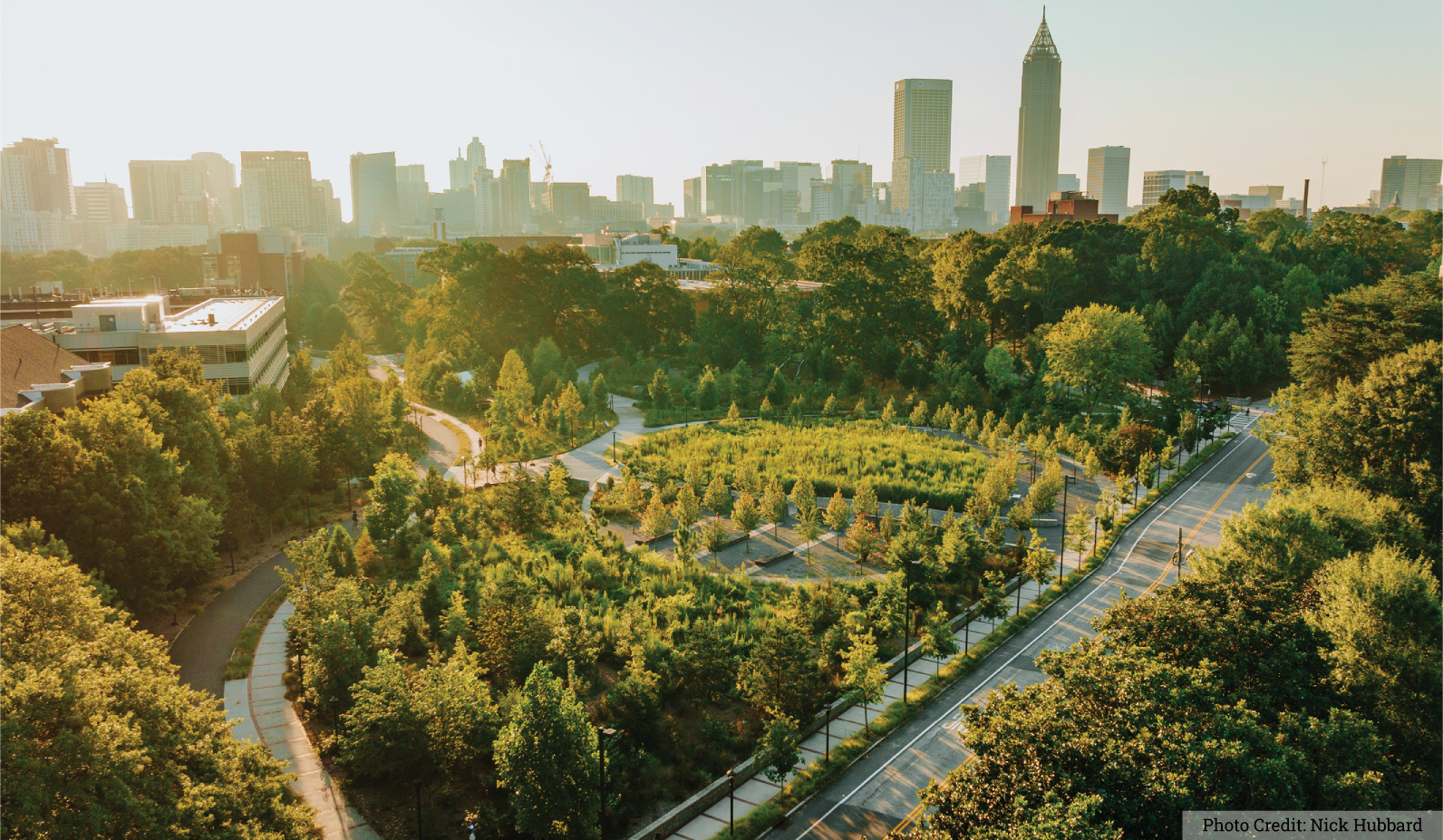(text and background only visible when logged in)
The EcoCommons is the largest standalone landscape project on Georgia Tech’s campus designed for resource stewardship, biodiversity, and to support the Living Campus strategic initiative.
(text and background only visible when logged in)
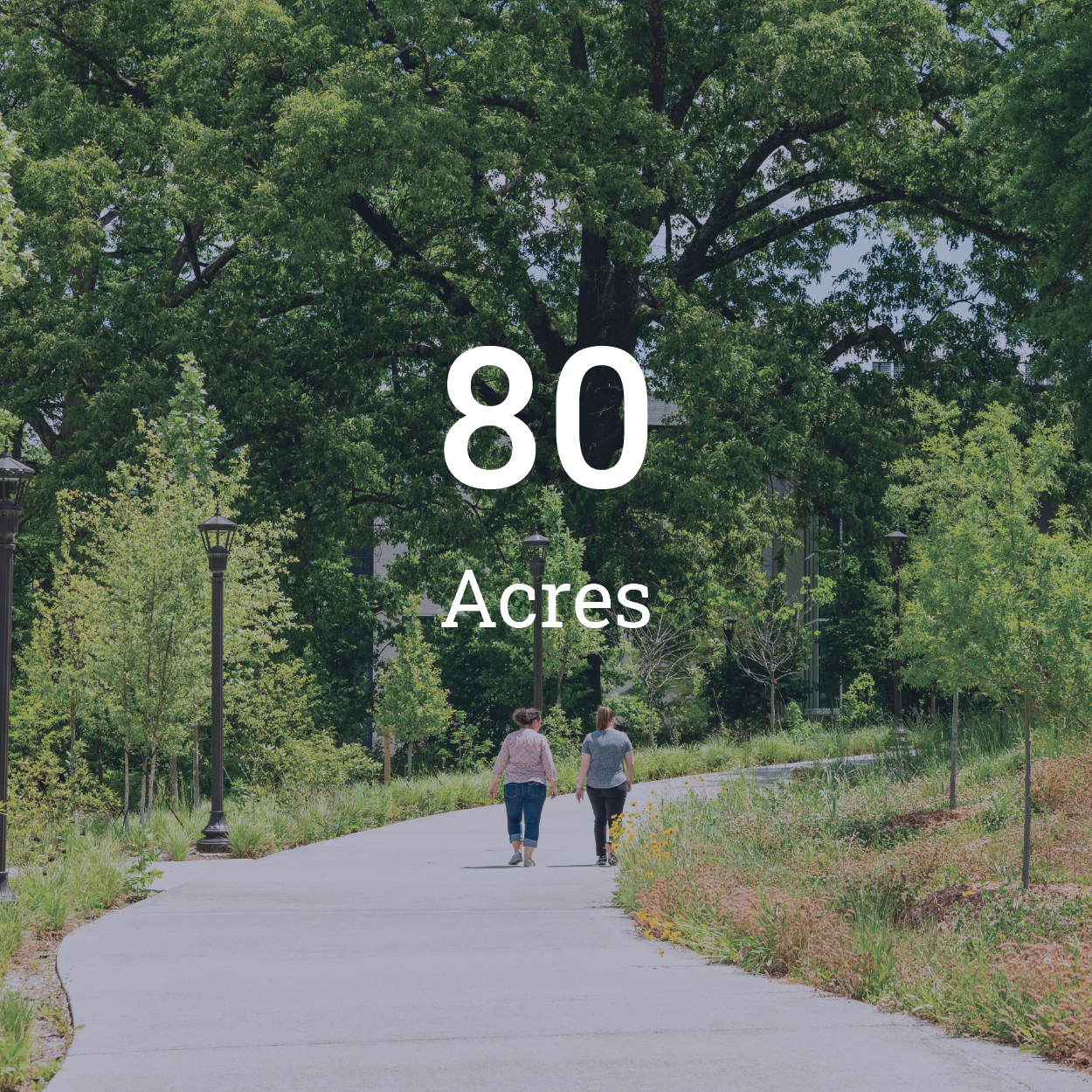

(text and background only visible when logged in)
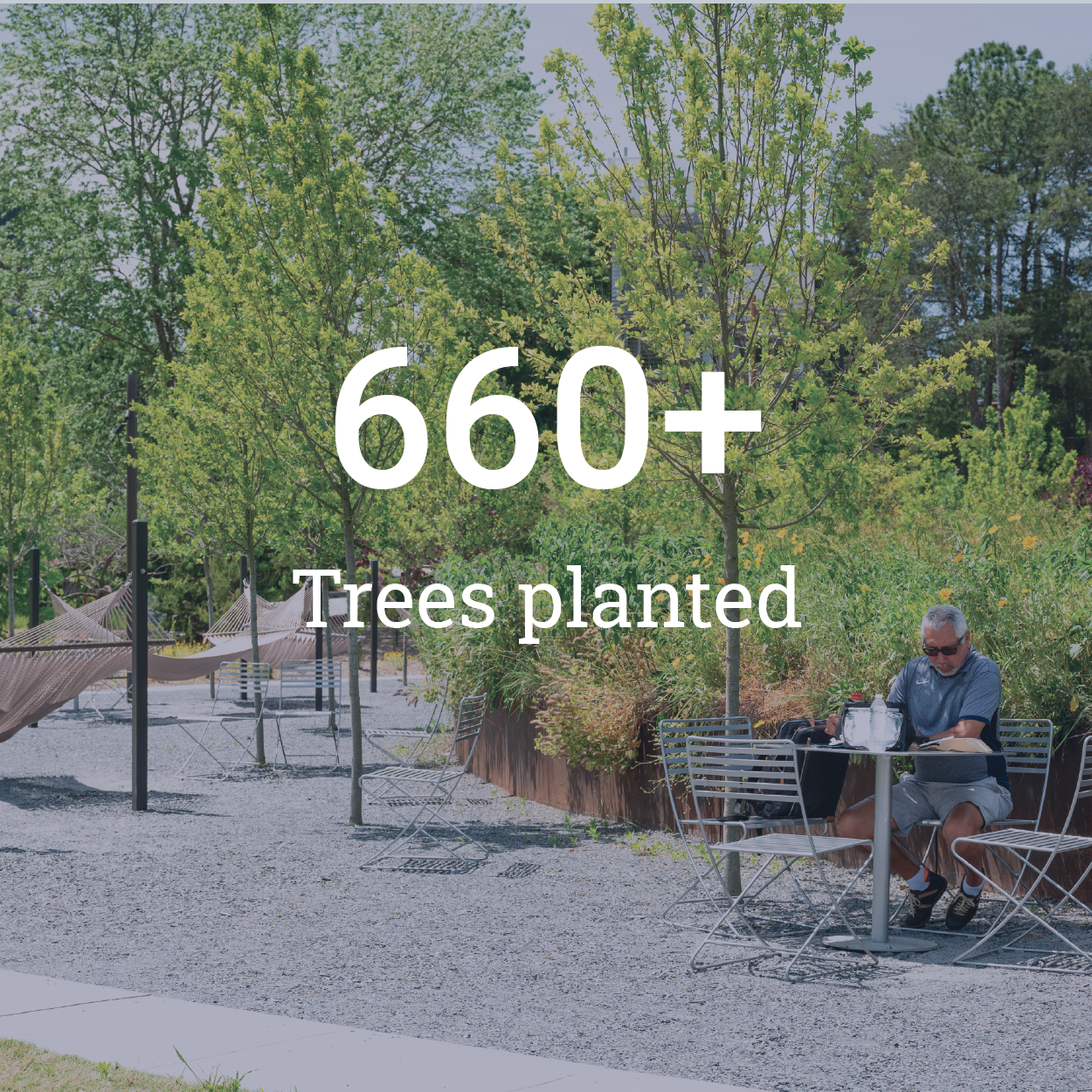
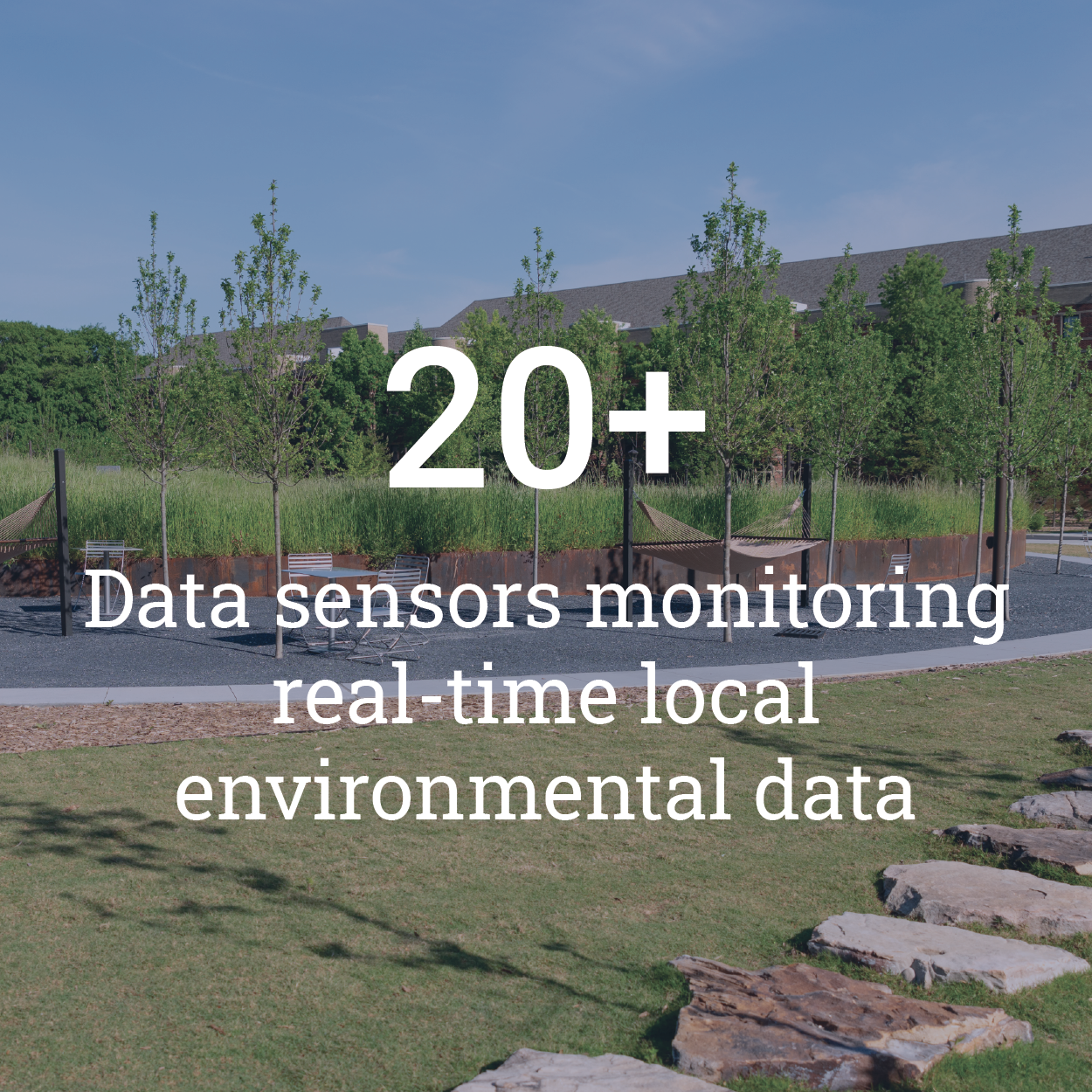
What is the EcoCommons?
The EcoCommons at Georgia Tech is 80-acres of greenspaces throughout campus, designed to reduce storm water runoff by 50%, increase biodiversity, and support the Living Campus strategic initiative. These greenspaces follow what was the original naturally-occurring stream paths prior to urbanization of the region.
What is unique about this 8-acre portion of the EcoCommons?
Located adjacent to The Kendeda Building for Innovative Sustainable Design, this greenspace is divided into three programmed areas: Engage, Learn, and Reflect and connected throughout by universally accessible paths.
Check out the video tour with President Cabrera below!
(text and background only visible when logged in)
Awards and Honors
(text and background only visible when logged in)
Engage
There are many ways to engage with the EcoCommons. Next to the The Kendeda Building is a large, granite outcropping with three adult-sized slides, numerous picnic and study spaces and a panoramic northwest view of the eight-acre site. Nearby, the Stickworks outdoor art installation stood tall for more than two years before naturally succumbing to the elements. As intended, the piece was dismantled and transformed into mulch used throughout the site. The area along Hemphill Drive features hammocks for rest and rejuvenation and numerous bistro-style tables for lunch. Gravel and paved walkways provide a natural spot for walking meetings and campus shortcuts amidst a lush landscape of more than 600 grasses, shrubs, and trees.
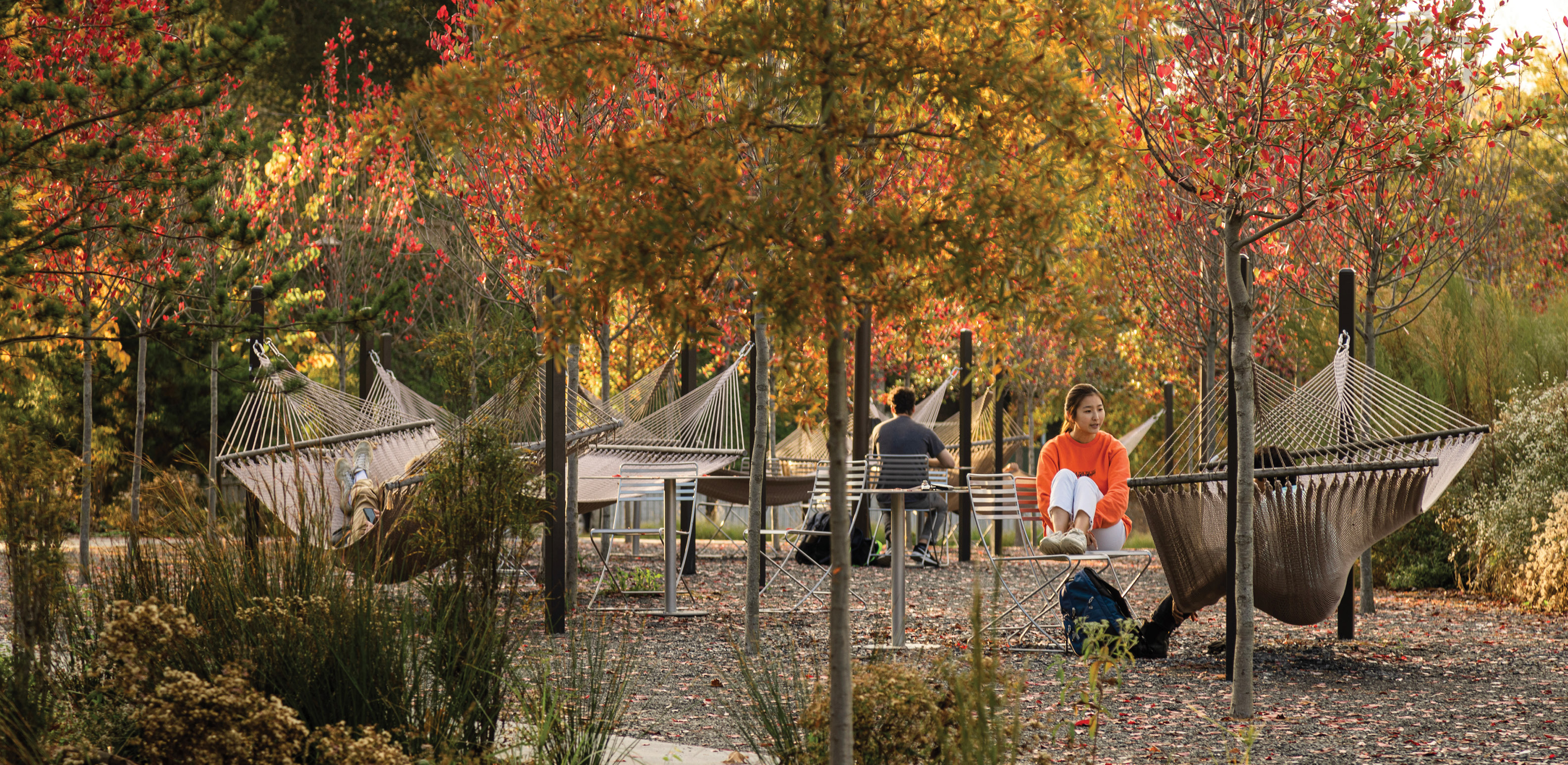
photo credit: Nick Hubbard
(text and background only visible when logged in)
Learn
The EcoCommons serves as an ecological environment abundant with sensors collecting campus data for research and student use. A platform installed over a bioswale in the northeast corner of the site serves as a vantage point in understanding the function of a seepage wetland.
What information/data are we tracking with sensors?
More than 20 data sensors are monitoring air quality, air temperature, water quality, soil percolation, humidity, wind speed, carbon dioxide levels, and barometric pressure.
How were the data metrics selected?
A planning committee invited more than 25 individuals from Georgia Tech’s research and academic communities to participate in a stakeholder focus group. Through online surveys, personal interviews, and discussions, the committee selected the top results that were feasible within the scope of the project.
Where is the data stored?
For the first two years of operation, the data was stored on a server managed by the Georgia Tech Research Network Operations Center (GT-RNOC). Currently, the data is collected via the Internet of Things network which is a LoRaWAN protocol. This is a non-cellular open source protocol. LoRa is the physical layer for a method of transmitting wireless radio signals that uses a chirp spread spectrum to send data and enables long-range communication links. LPWAN (Low-Power, Wide Area Network) defines the communication protocol and system architecture for the network which is designed for sensors and applications that need to send small amounts of data over long distances a few times per hour. If you are interested in receiving this data, reach out to I&S Data Analytics by selecting the Request Data link.
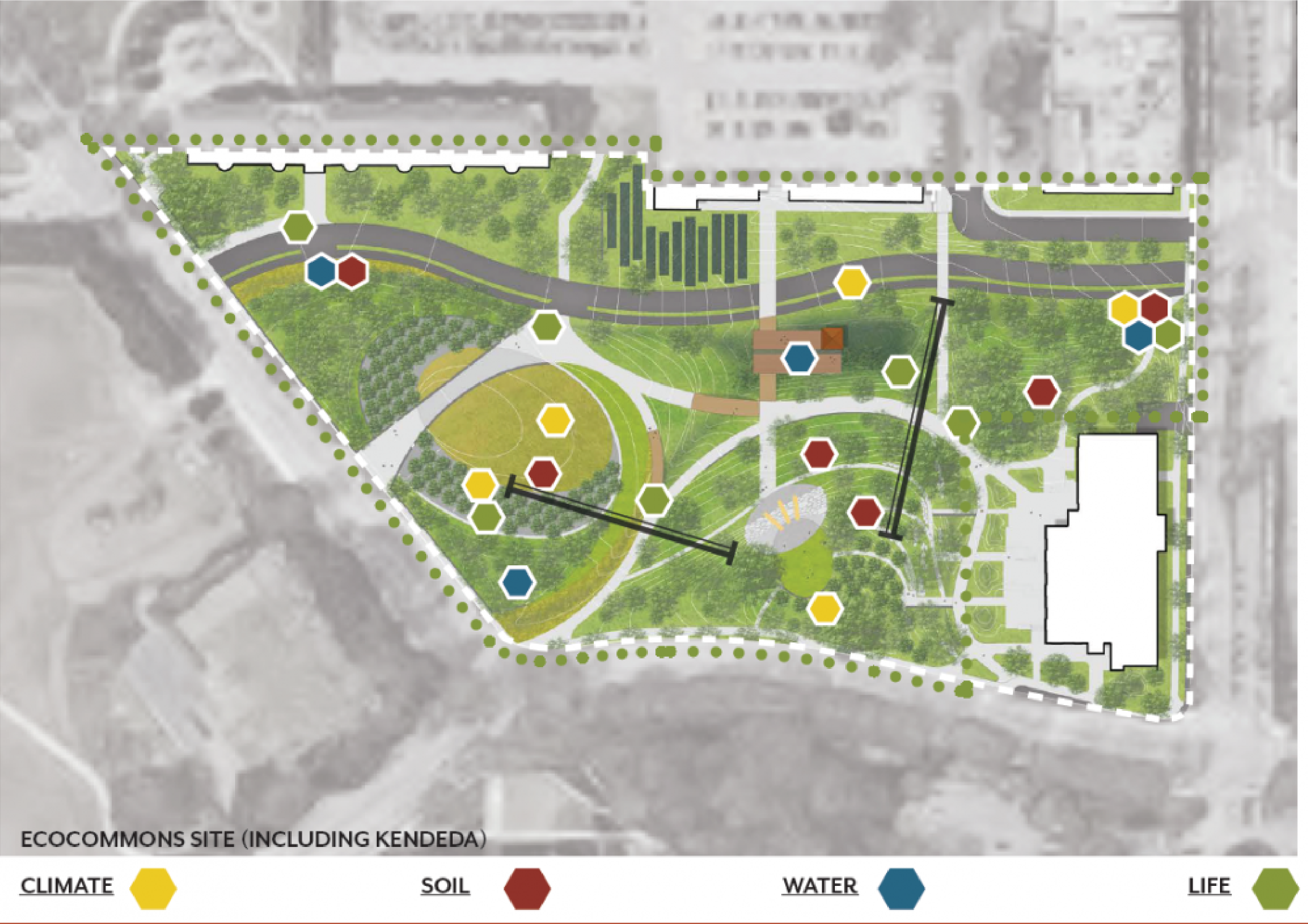
(text and background only visible when logged in)
(text and background only visible when logged in)
Reflect
The area also holds historical significance, notably as the former site of the Pickrick Restaurant. A steel edge in the ground outlines the original footprint of the restaurant.
In 1948, Lester Maddox opened the Pickrick Restaurant. After the passage of the 1964 Civil Rights Act, three Black theology students from the Interdenominational Theological Center — George Willis Jr., Woodrow Lewis, and Albert Dunn — attempted to be served at the restaurant on three occasions. Each time they were forced out by Maddox and white patrons wielding a handgun and pickaxe handles.
The students hired Black attorney Constance Baker Motley, who filed the first federal lawsuit under the Civil Rights Act. The court ordered Maddox to desegregate the Pickrick and instead of complying, he closed the restaurant. This was the first federal lawsuit upheld by the Civil Rights Act. The bravery of the activism of these 3 students informs the landscape design in this corner of the EcoCommons honoring this historic event in civil rights history.
Today the EcoCommons area for reflection, or Unity Plaza, consists of a grove of trees with three long-leaf pines to symbolize the three students. The hardscape granite wall is "open" in three places also symbolizing this breakthrough success in civil rights. Signage provides further context and education. Three large wooden benches encourage moments of reflection and conversation about how far we have come in advancing racial equality, and how far we still have to go.
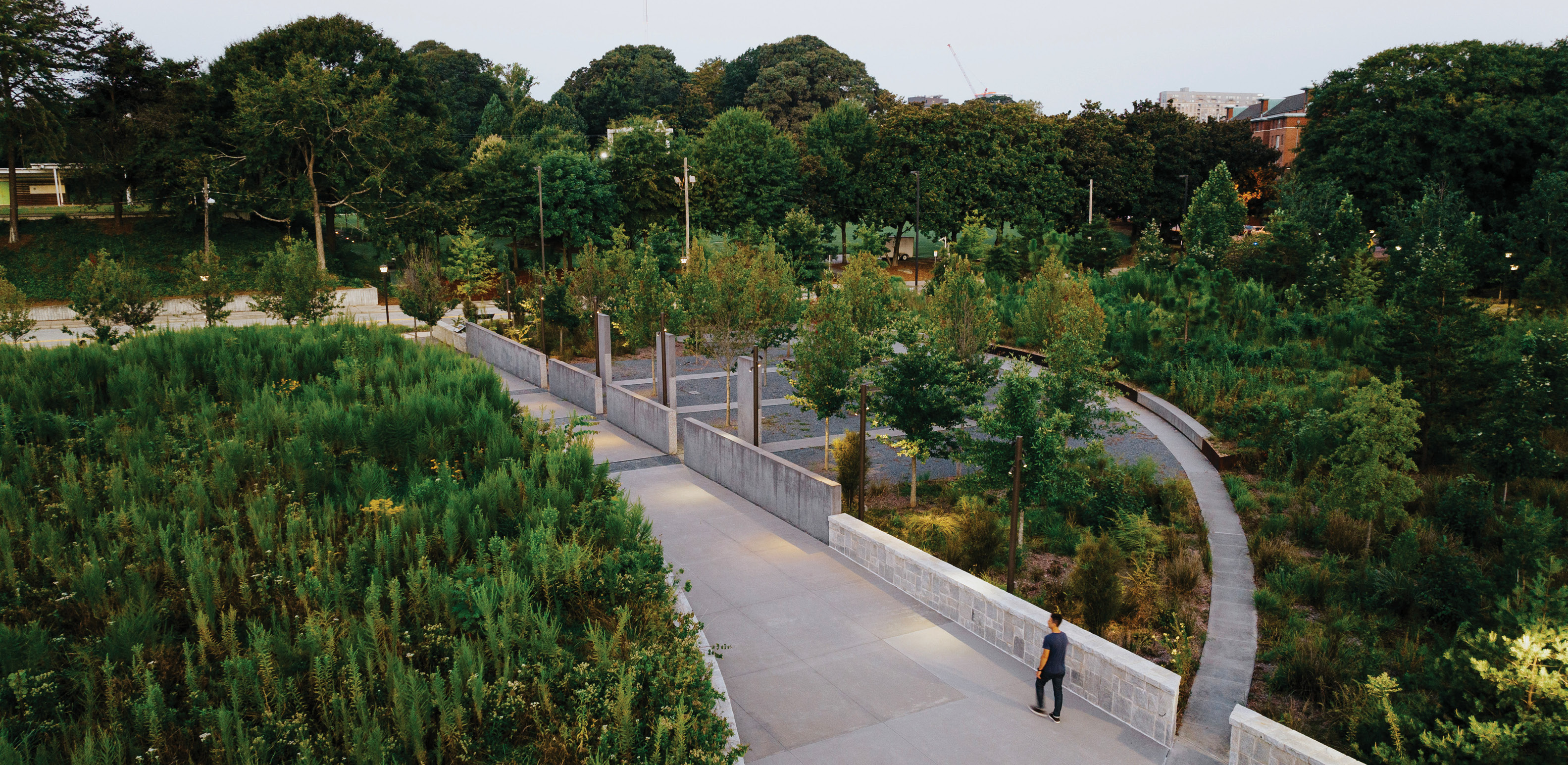
Aerial view of the raised meadow and Unity Plaza. Photo credit: Nick Hubbard
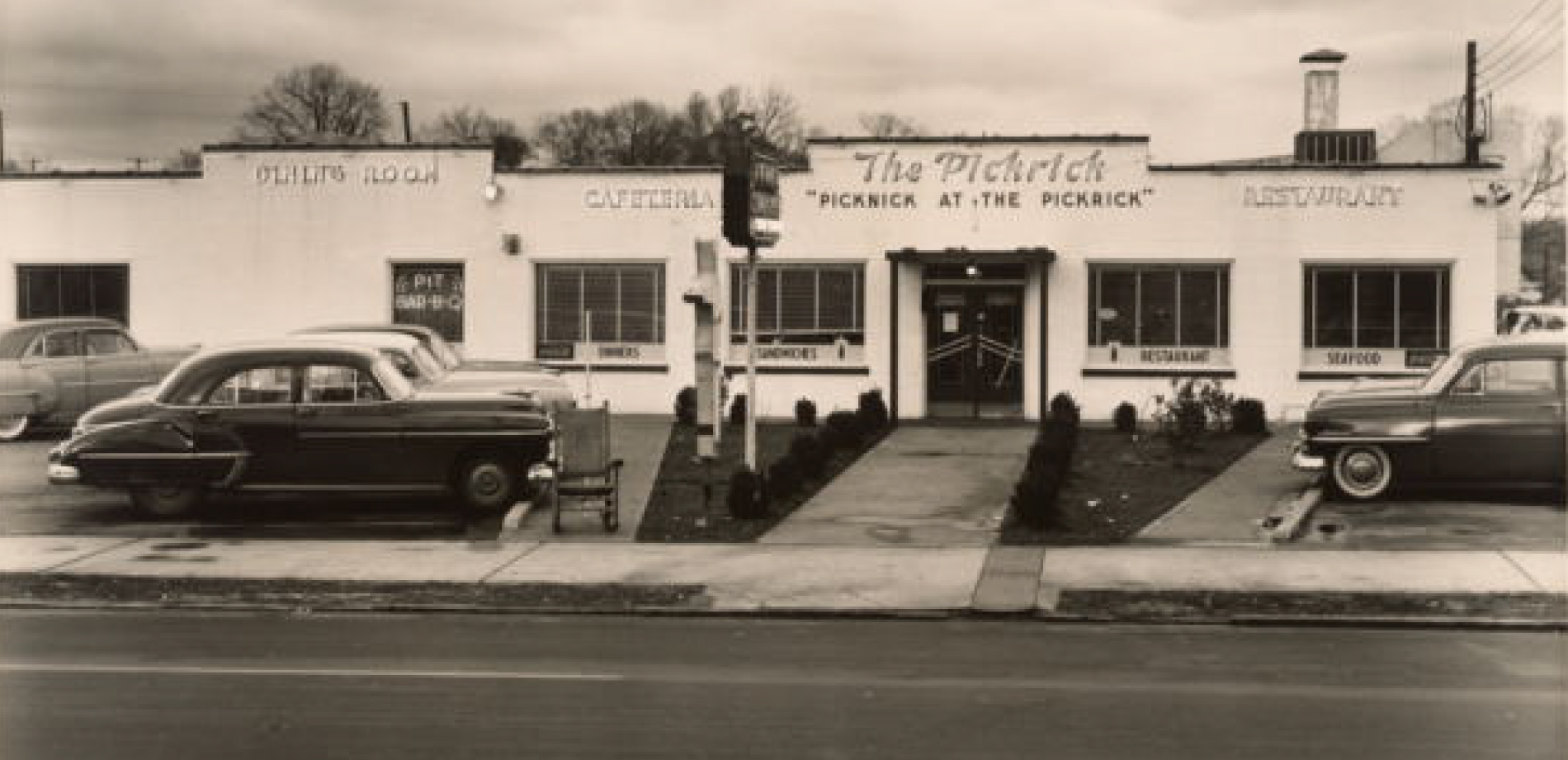
The former Pickrick Restaurant, early 1950s.
